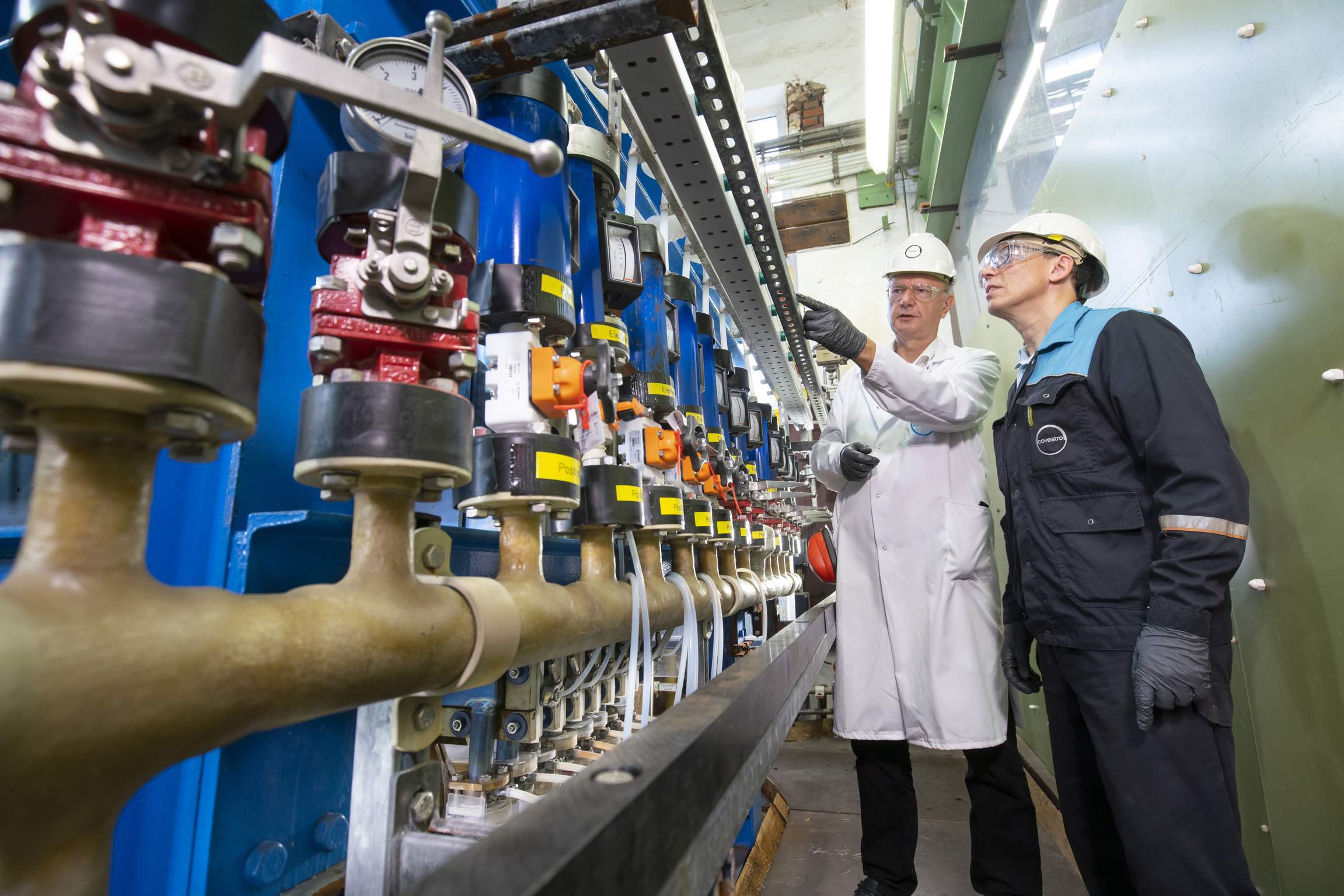
Covestro to build sustainable chlorine production plant
Submitted by:
Andrew Warmington
One of the world’s largest polymer companies, Covestro, is planning to build its own chlorine production plant in Tarragona, Spain, which will use a more sustainable process: oxygen-depolarised cathode (ODC) technology, which consumes around a quarter less energy than the conventional method. The company is building the first industrial-scale plant based solely on this technology at its location in Spain, expected to begin in the first half of 2019.
The company is investing around €200 million (US$233 million) at Tarragona to increase the site’s competitiveness, with the new chlorine production plant a key component. Around a third of the production costs for chlorine are usually spent on energy, making this technology an important economic contribution. Chlorine is needed to make around two- thirds of all polymers, but it does not occur naturally in its pure form. Instead, it is only found in chemical compounds, such as in rock salt, from which chlorine can be obtained using electrolysis.
ODC technology is based on the conventional membrane process, in which chlorine, caustic soda and hydrogen are usually produced from rock salt and water. The crucial difference is that the hydrogen-generating electrode normally used is replaced by an oxygen-depolarised cathode, meaning that only chlorine and caustic soda are produced. As a result, a voltage of just two instead of three volts is required.
“The change in this process sounds simple, but was a groundbreaking development for chlorine manufacturing,” said Hanno Brümmer, head of production at the Polyurethanes segment. “Initial invention and development work began in our lab back in 1992. We then developed it further together with Thyssenkrupp and were able to start up the first demonstration plant on an industrial scale in Krefeld-Uerdingen in 2011.”
